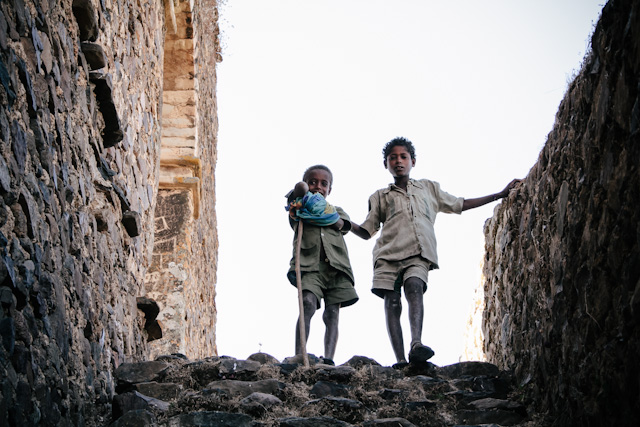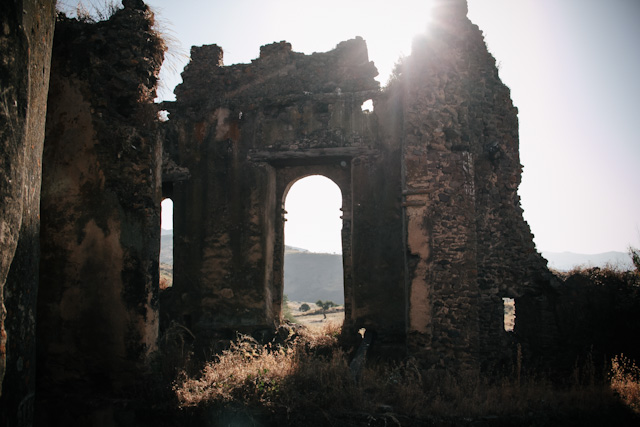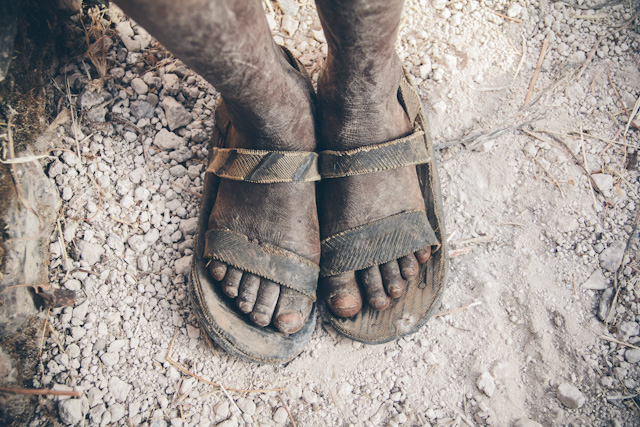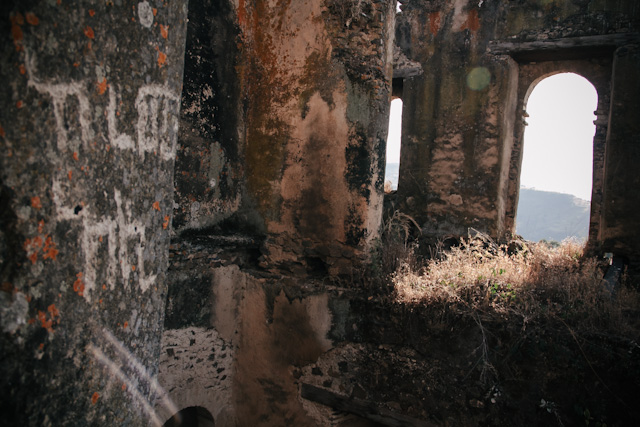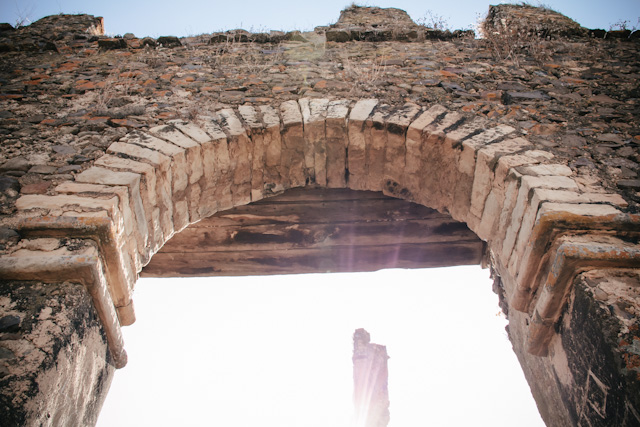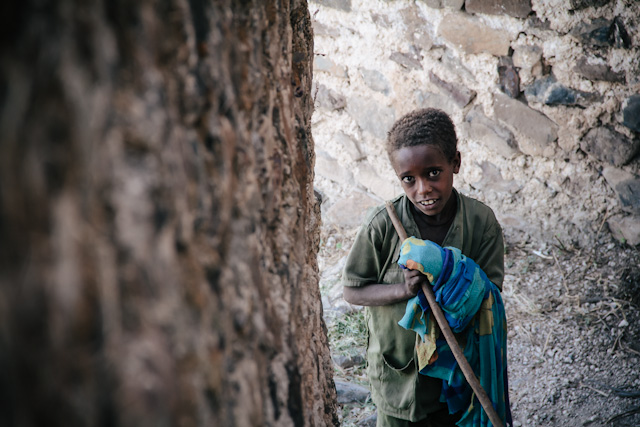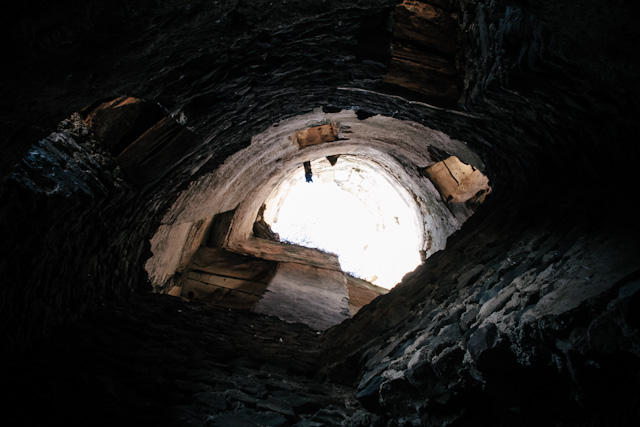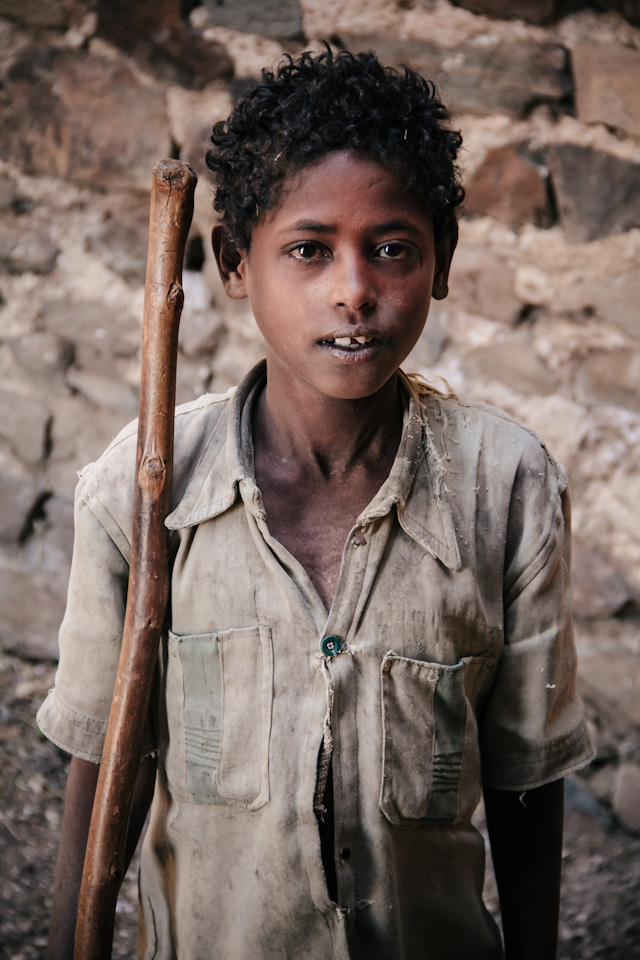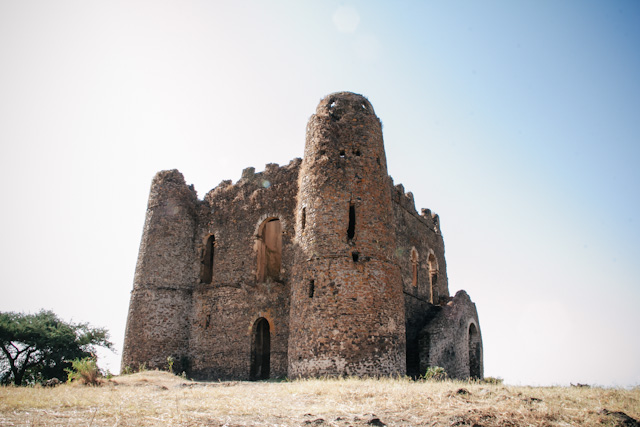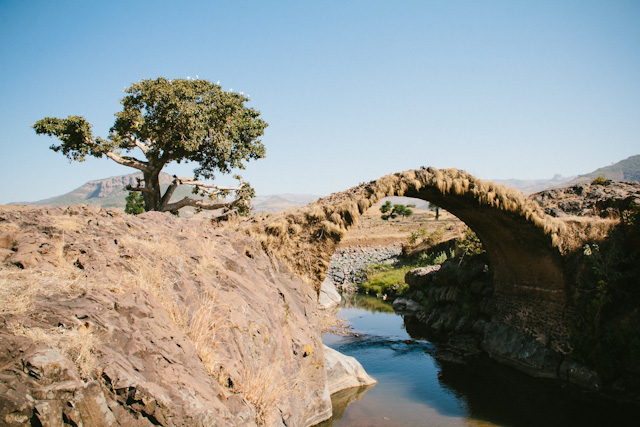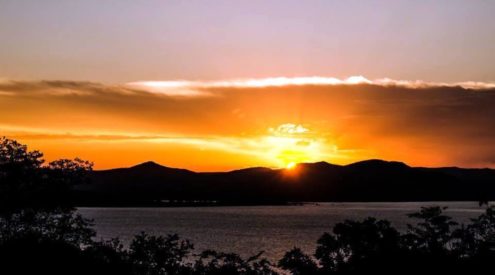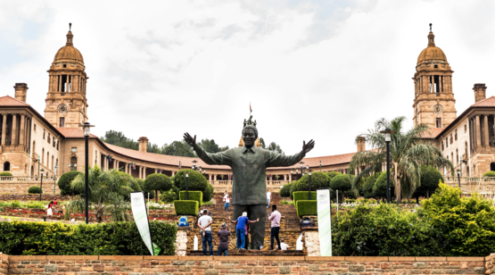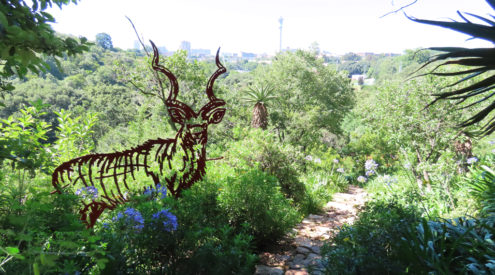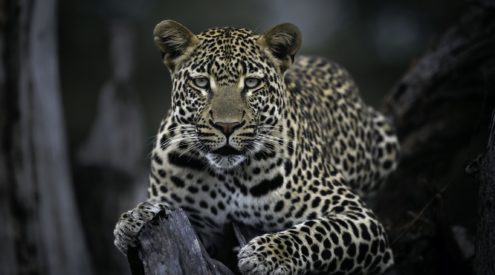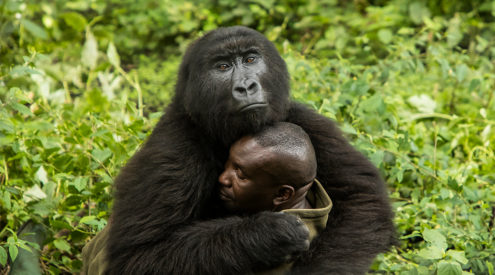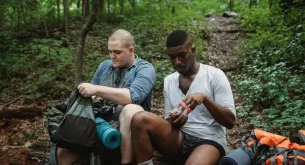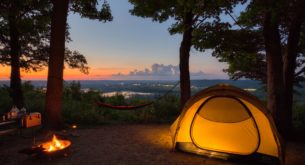Ethiopia has always been at the top of our long list of countries to visit, a choice often met with raised eyebrows. The country has had a hectic past 30 years with droughts and civil wars, but there’s a huge misconception that Ethiopia is nothing but a desert and the people plagued by famine. We were there during winter so the landscape looks a bit brown and dry in the photos, but it is anything but infertile. Summer must look amazing when it’s green!
Needless to say, we didn’t go in search of capturing an award-winning photograph of a malnourished child with a fly on it’s lip, and a vulture lurking in the background. We chose Ethiopia for its culture and insanely fascinating ancient history.
Ethiopia is where the 3.2 million year old remains of “Lucy” were found, making it the oldest known location of human (or pre-human) existence. The city of Axum was one of the most powerful kingdoms in the world during the Roman Empire and the days of the Egyptian pharaohs. Its people practice some of the oldest forms of orthodox Christianity and Judaism, and being a ‘Christian island’ surrounded by Islam there’s a kind of seamless blend between the religions and cultures that really makes this place unique. The language, facial features and complexions are a smorgasbord of African, Arabic and Mediterranean. The European interaction during the Middle Ages inspired some amazing medieval castles, yes medieval castles in Africa! It also inspired countless little monasteries and rock-hewn churches, decorated from floor to ceiling with paintings depicting scenes from The Bible and Ethiopian history. It is also believed to be the resting place of the Ark of the Covenant. Those of you who read (or watched) the Da Vinci Code, or any Graham Hancock books will know that it’s supposed to be a gold box holding the stone tablets engraved with The 10 Commandments.
We were there for two weeks and that just wasn’t enough! It honestly feels like you’ve gone back in time (if you ignore the odd satellite dish on a shack roof) where the majority of the people wear robes and go everywhere with a stick and a donkey. They live just like people have always lived.
After arriving in the capital it was time for a history lesson at the Addis Ababa Museum. Lucy’s remains (in the shot below) were definately a highlight. In case you’re wondering, Lucy apparently got her name because the archeologist who discovered her was listening to Lucy in the Sky with Diamonds by the Beatles at the time. Her real name is AL 288-1, which is not as catchy.
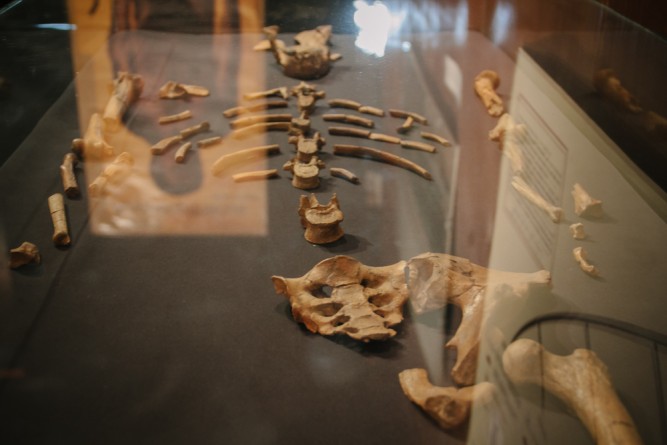
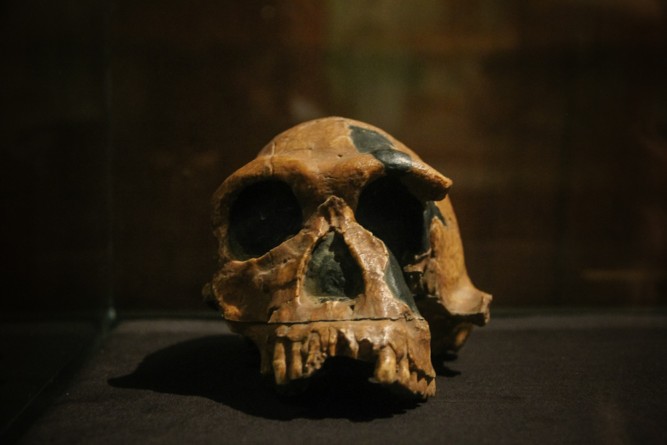
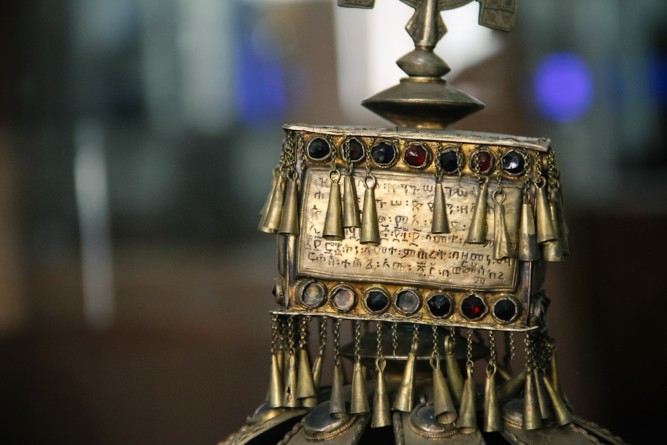
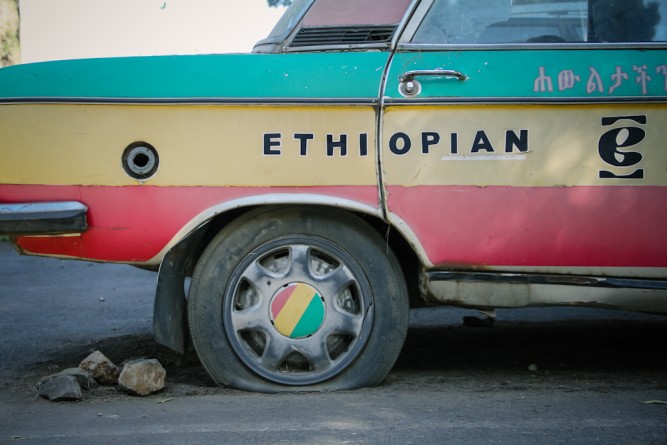
St George Cathedral in Addis was built in 1896. Emperor Haile Selassi was crowned here in 1930 and has since become a pilgrimage site for Rastas after they adopted him as their messiah … they also adopted the colours fro the Ethiopian flag. Ethiopia has never really been influenced by Rastafarianism. Weed is illegal and not many people have dreads.
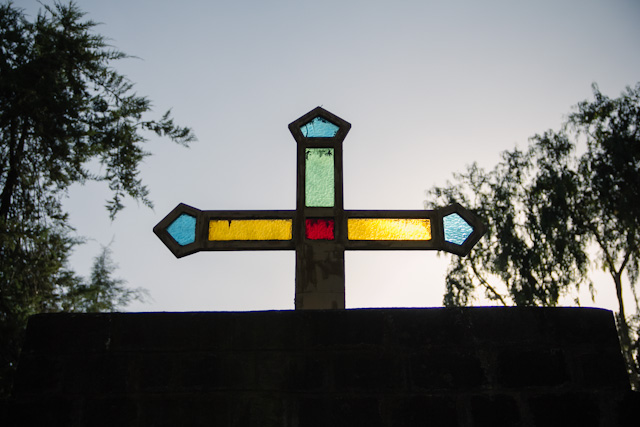
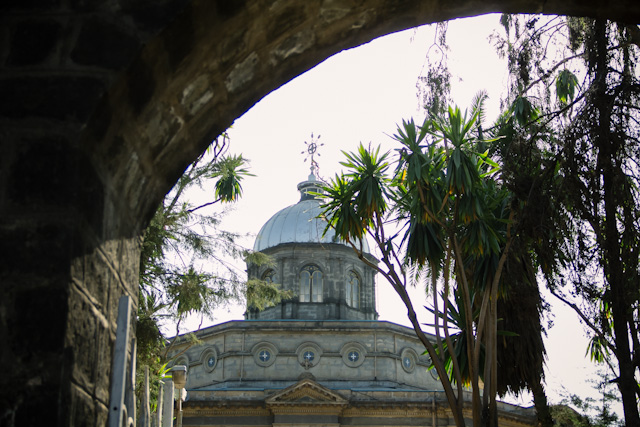
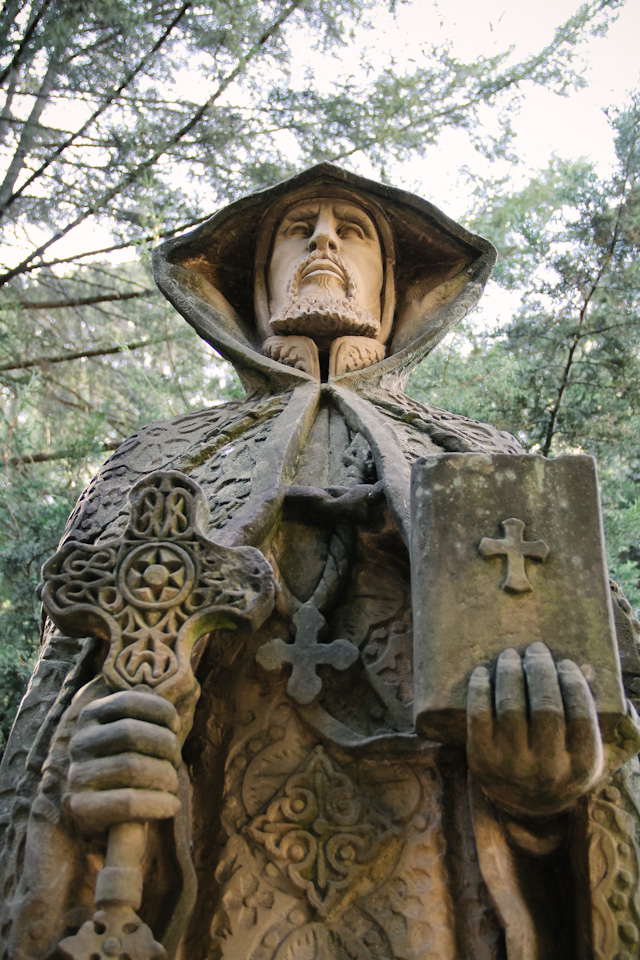
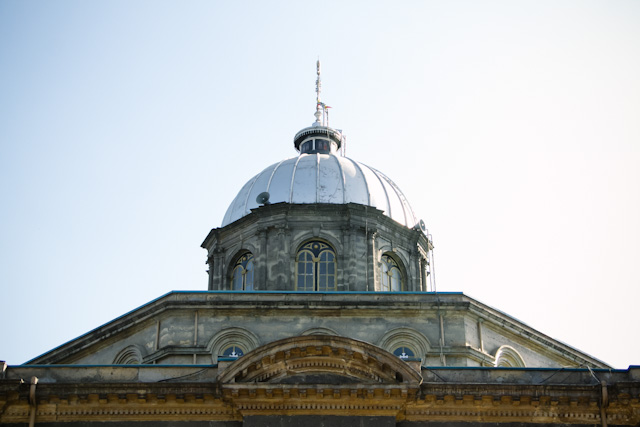
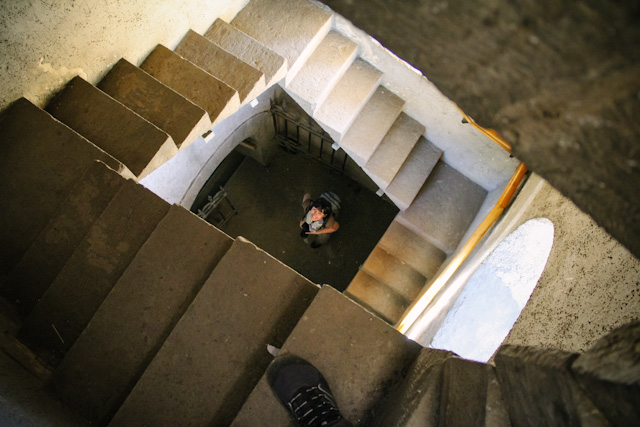
The “mercato” in Addis is supposed to be the biggest market place in Africa. It’s a dense maze of alleyways, colourfully crambed with stalls and people.
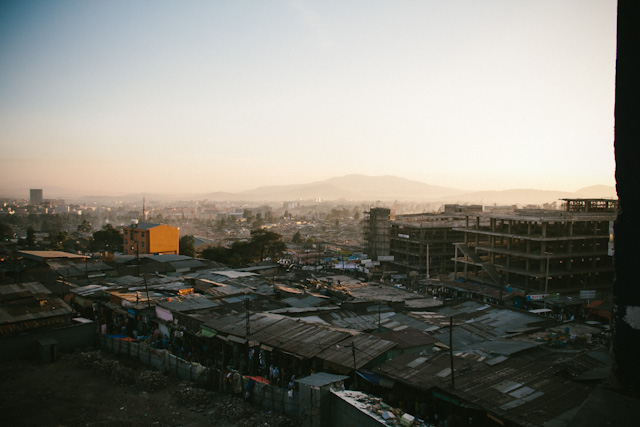
The people in the market place HATE having their photo taken and will cover their faces or unabashedly tell you to “f@*k off” in plain English. So this was a lucky shot.
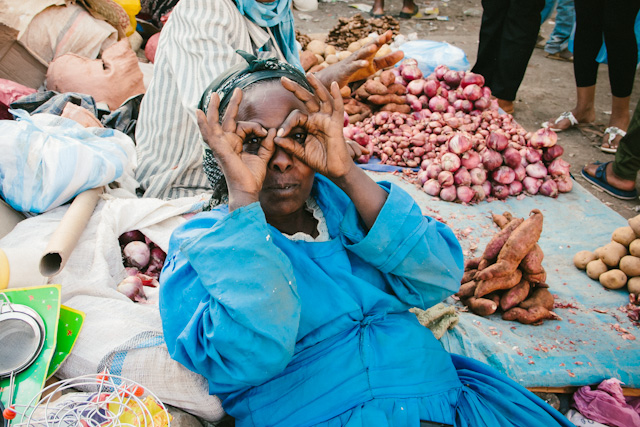
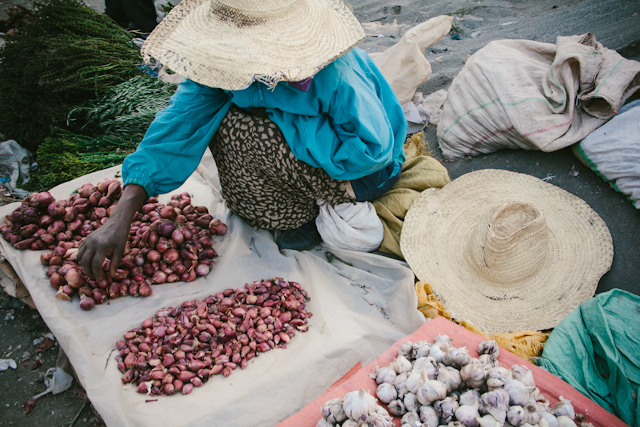
We LOVE coffee! and another ‘perk’ about visiting Ethiopia is that it’s the birthplace of the lovely stuff. They call it “buna” and every market is well stocked on fresh, green, and ready-to-roast buna beans
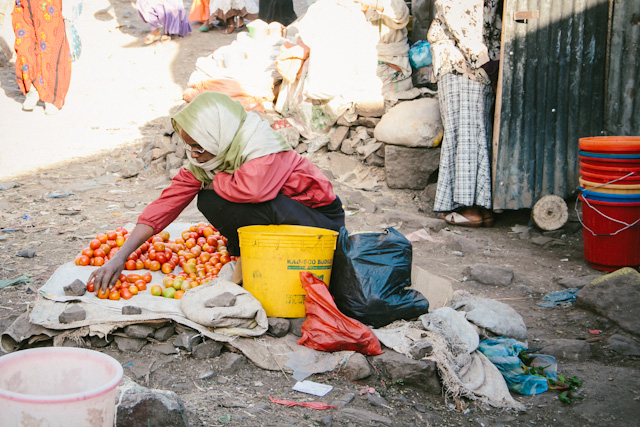
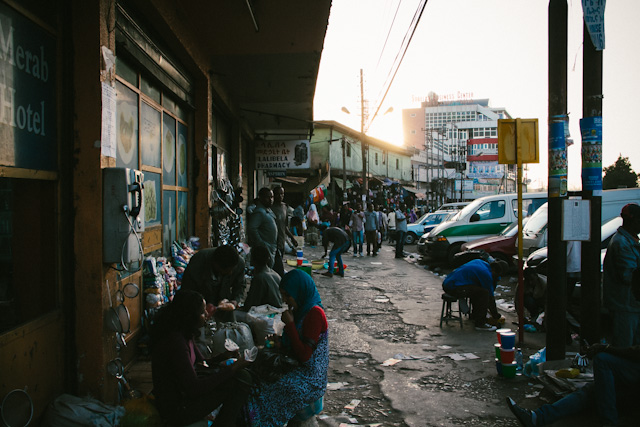
The chaos of Addis behind us, and we headed north west, where things got rural quickly…
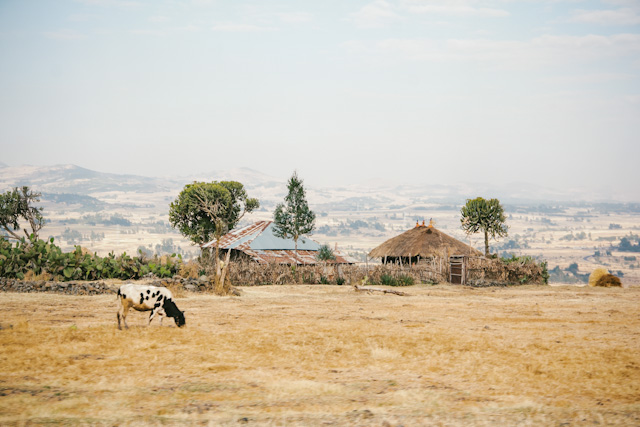
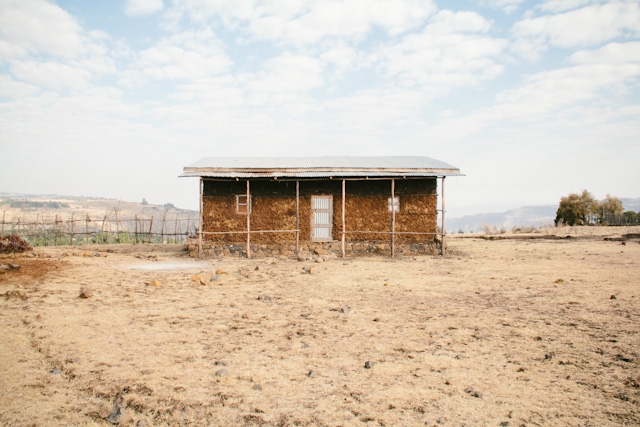
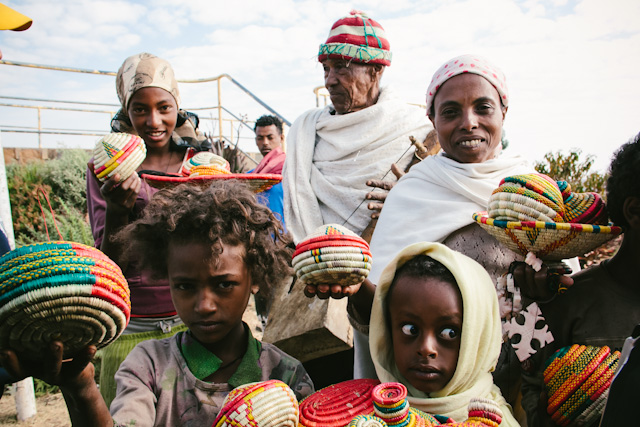
Ram-bo..
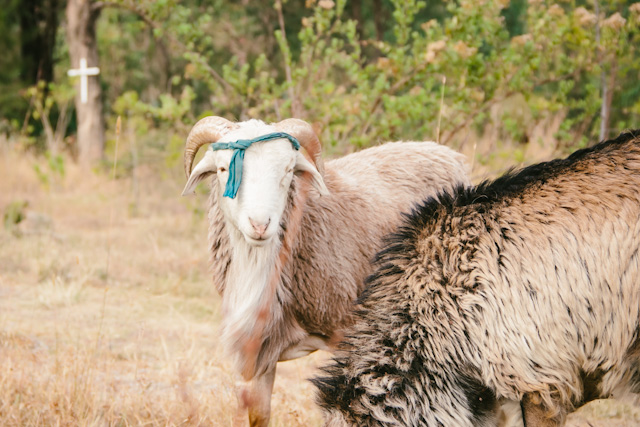
Egg on injera, buna and a mountain view for breakfast. Injera is a kind of pancake made with sour dough. Ethiopians eat every single meal with injera, and I think I could too.
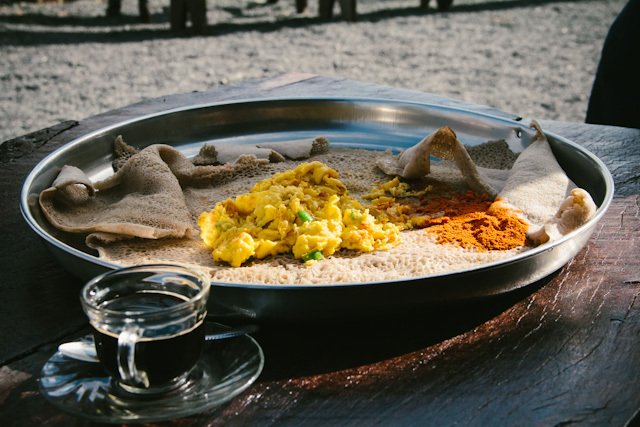

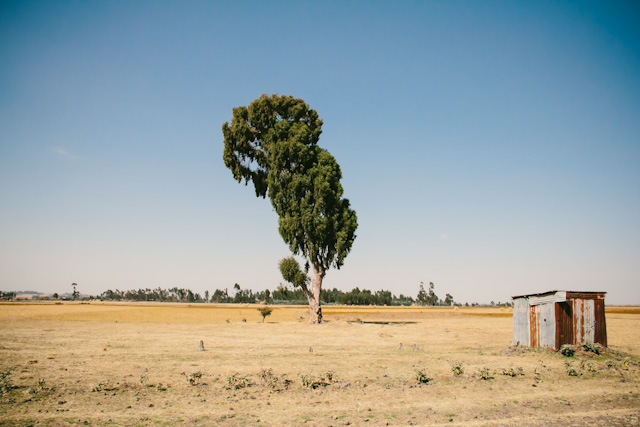
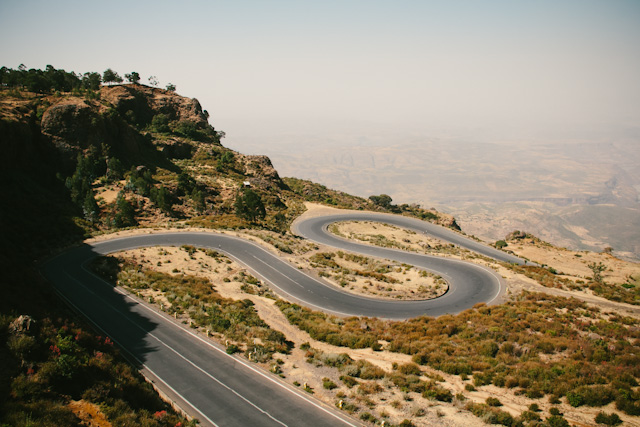
One of the many emergency road side churches. Similar to Islam, the orthodox Christian in Ethiopia pray seven times a day, so these kinds of mini-chapels are everywhere.

Crossing the Nile, only a few kilometers from the source. It’s hard to believe this fairly insignificant looking river becomes one of the largest in the world further downstream!
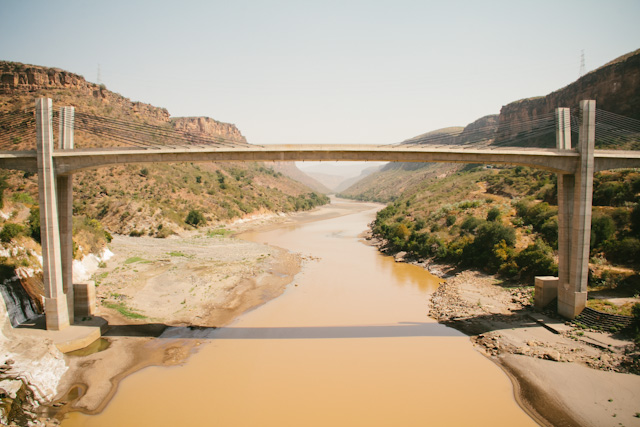
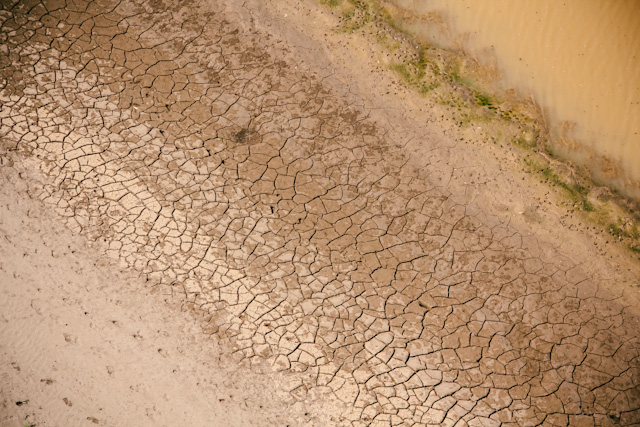
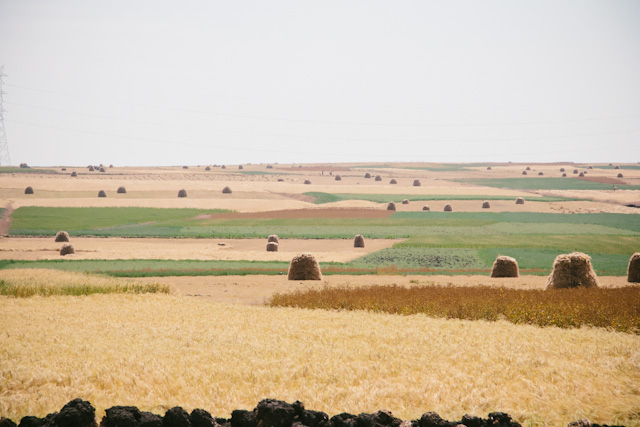
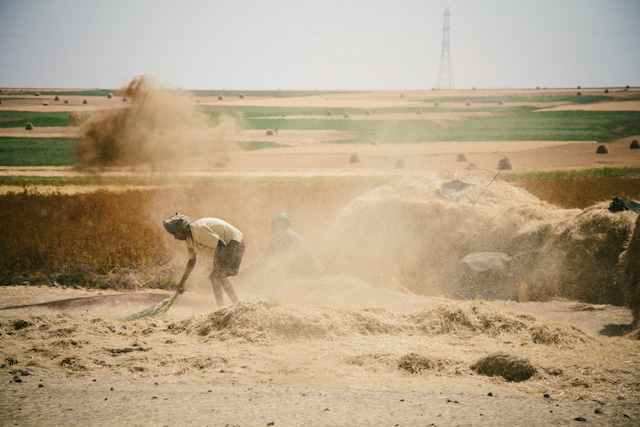
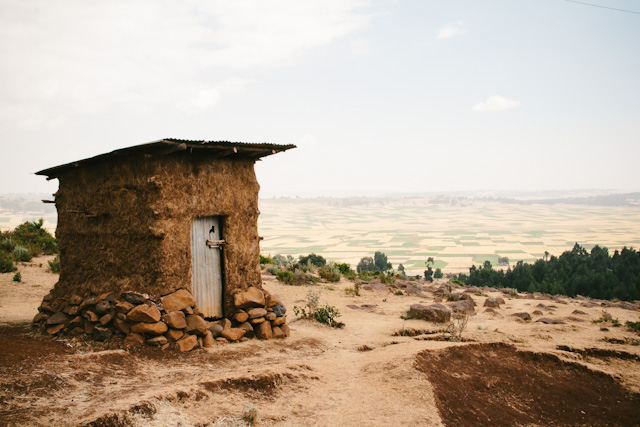
Buna flows tar thick in Ethiopia and it’s always freshly roasted, ground and filtered the same way it was over 1000 years ago.
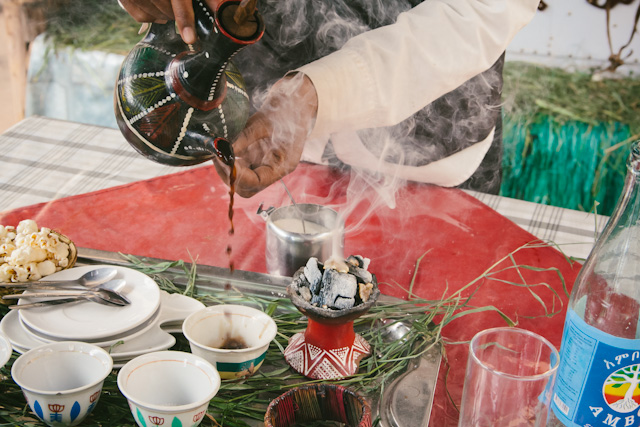
For Christians the Lion of Judah represents Jesus, but for Rastas it represents Emperor Haile Selassie. If I hadn’t known any better I would have thought this was a little Rasta cup of weed tea!
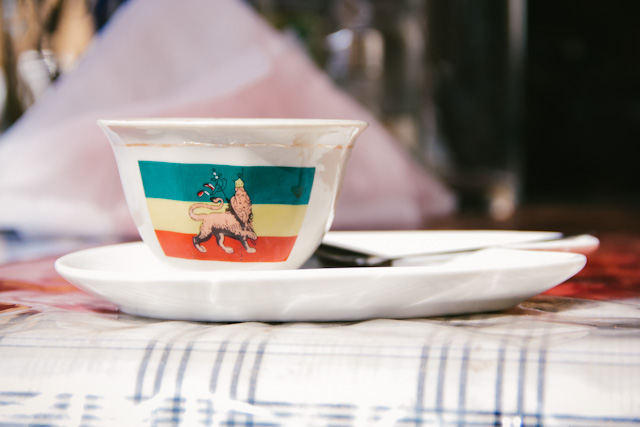
Hundreds of smiling faces can be extremely intimidating.
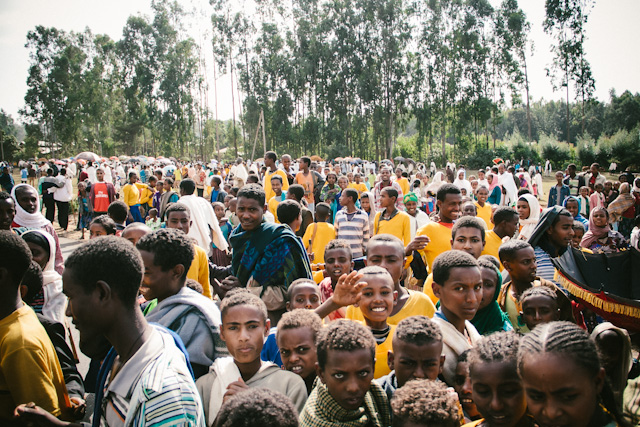

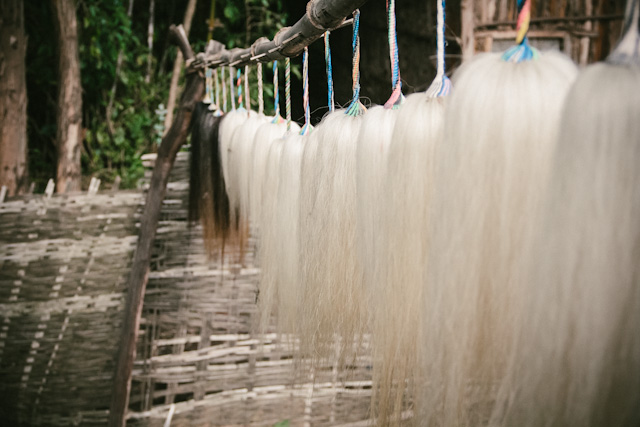
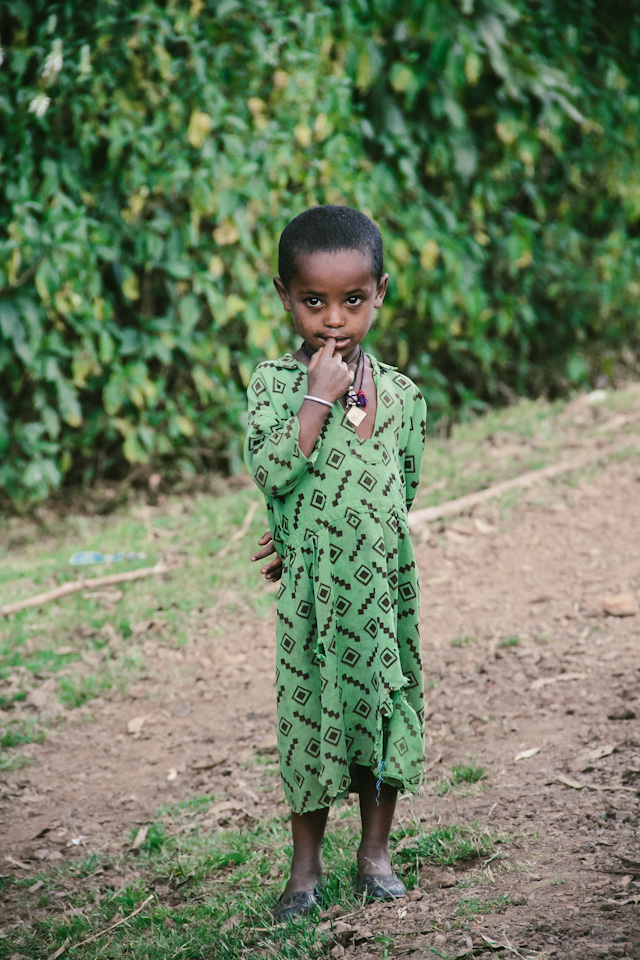
Dust!
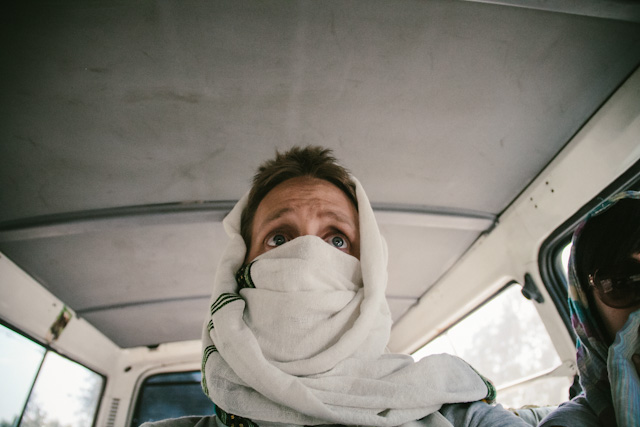
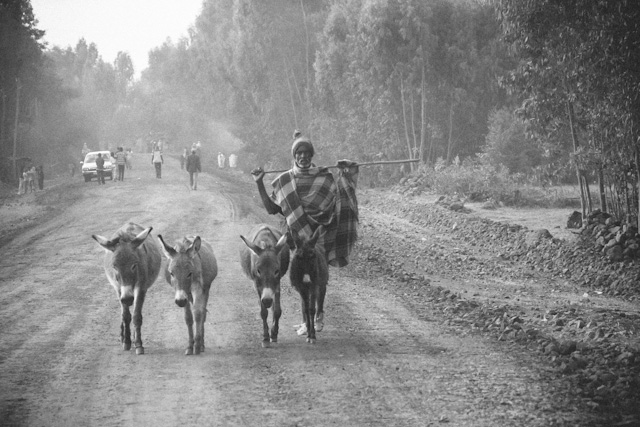
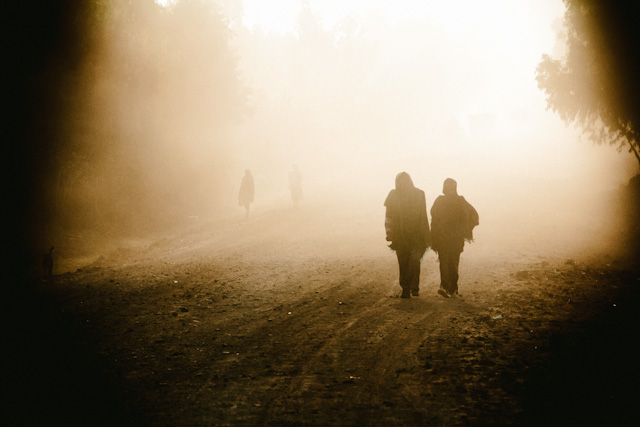
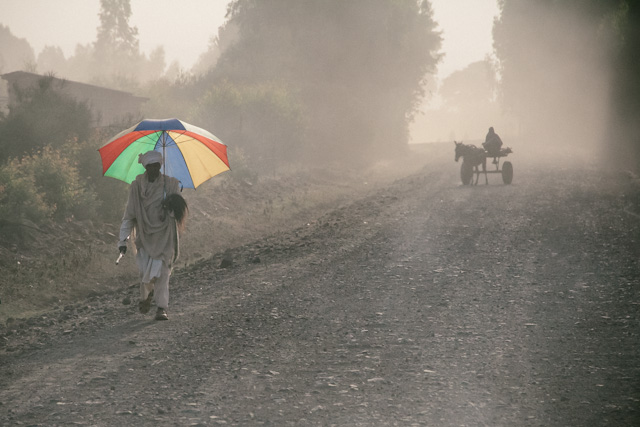
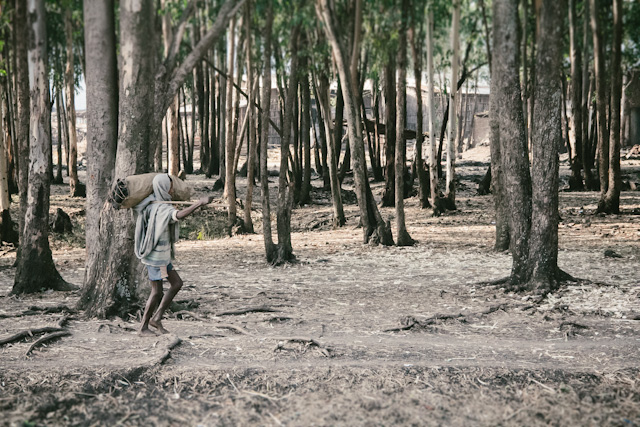
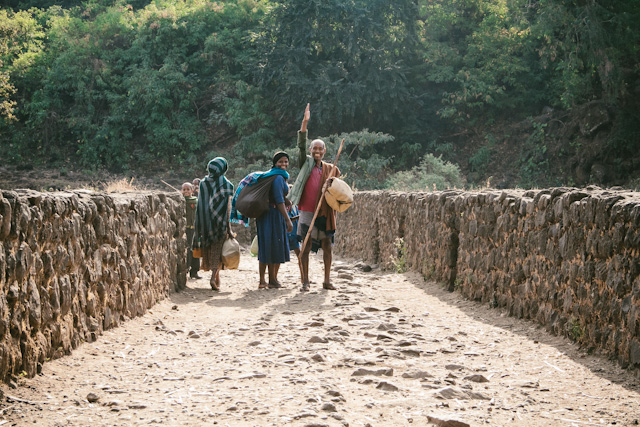
The first stone bridge built in Ethiopia in 1626. During the rainy season the Nile can cover the bridge completely!
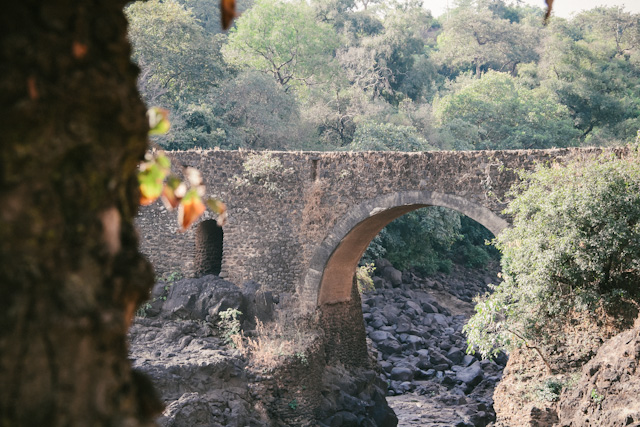
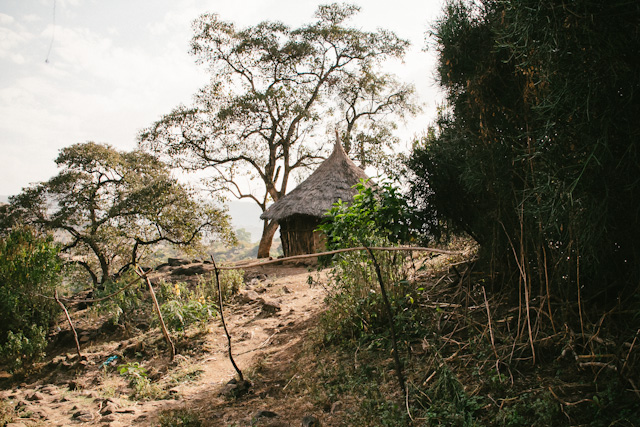
The Blue Nile Falls is nothing spectacular during winter, but in summer it spans up to 400m wide!
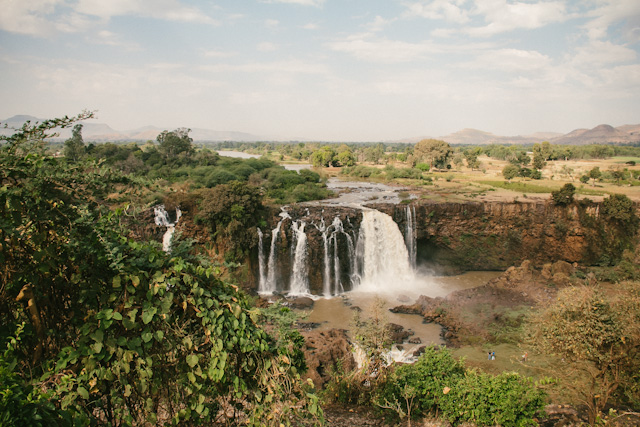
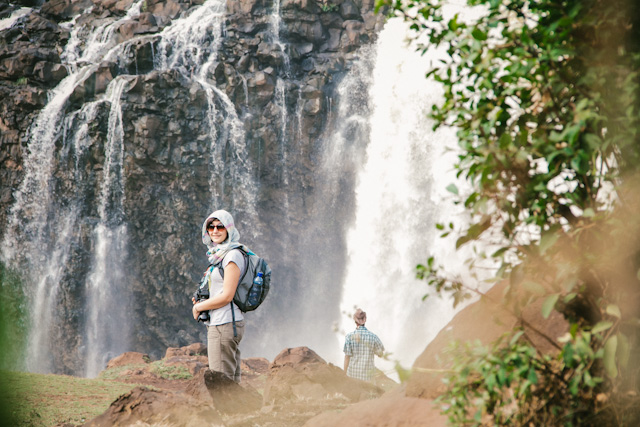
The falls are known as Tis Abay in Amharic, which means “Smokey Waters”. I’m getting a small taster in the shot below, and trying to avoid getting my camera wet.
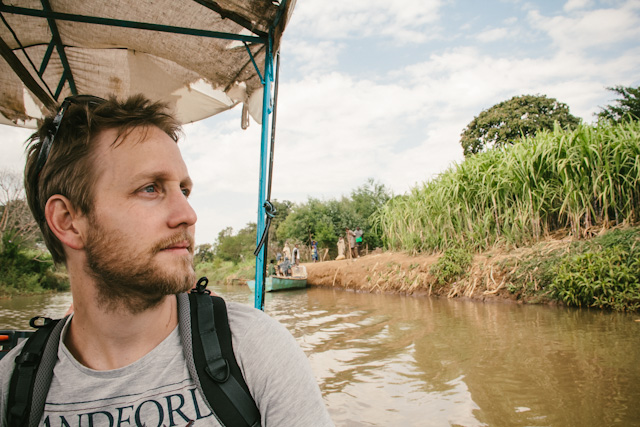
This tiny island in the middle of Lake Tana, and the peninsula behind it, have just 2 of the more than 20 ancient monasteries, all inhabited by robed priests and covered in amazing mural paintings.
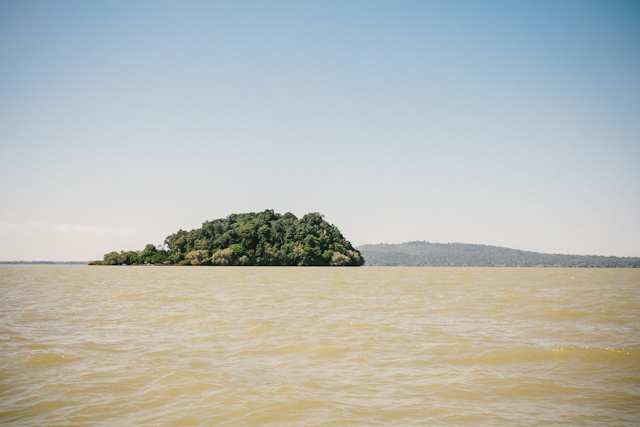
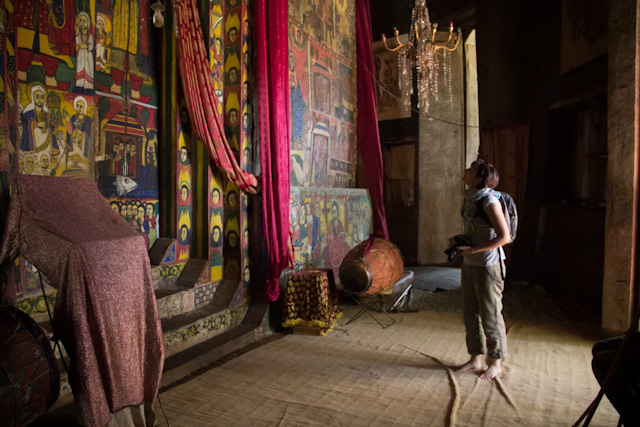
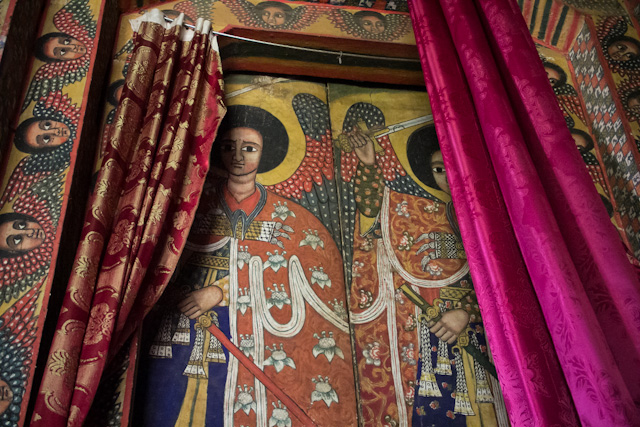
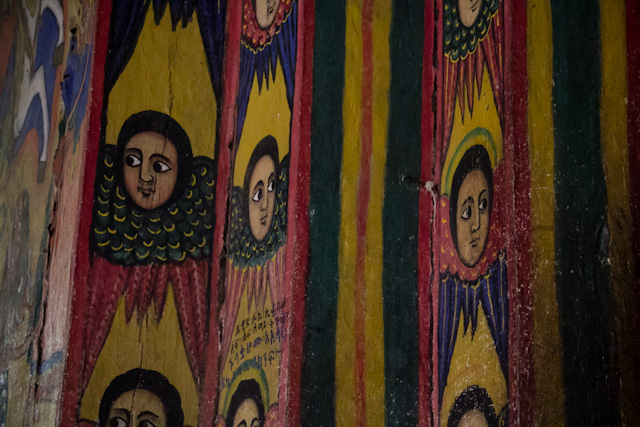
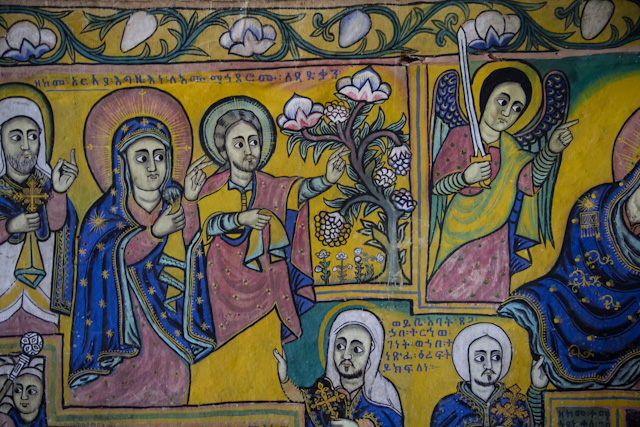
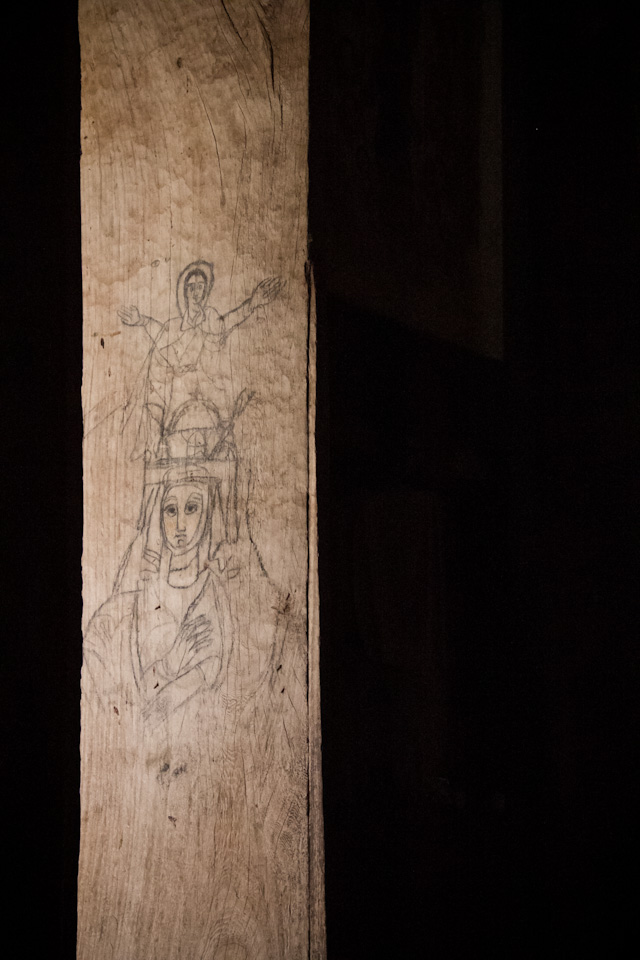
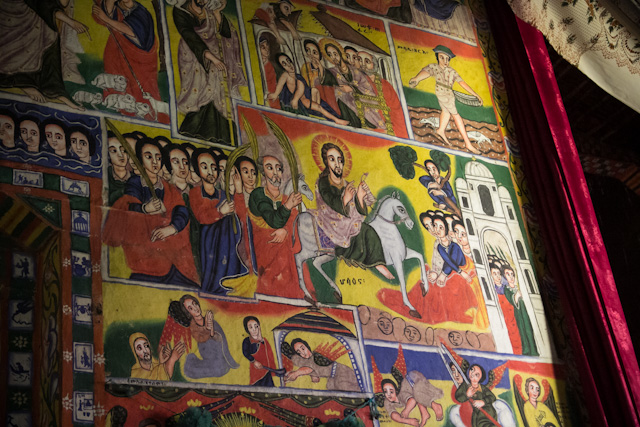
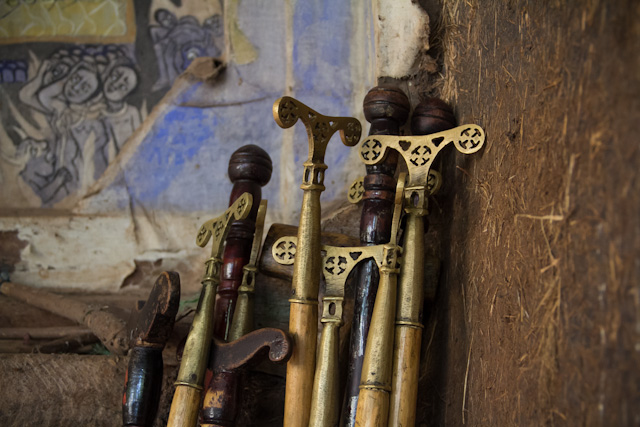

Below is one of the priests we met in the Ura Kidane Mehret monastery on the Zeghe Peninsula. Many of these priests move to the island monestaries when they’re young and stay there for the rest of their lives. They never leave and their familes are not allowed to know which of the thousands of monasteries around the country they’ve been sent to.
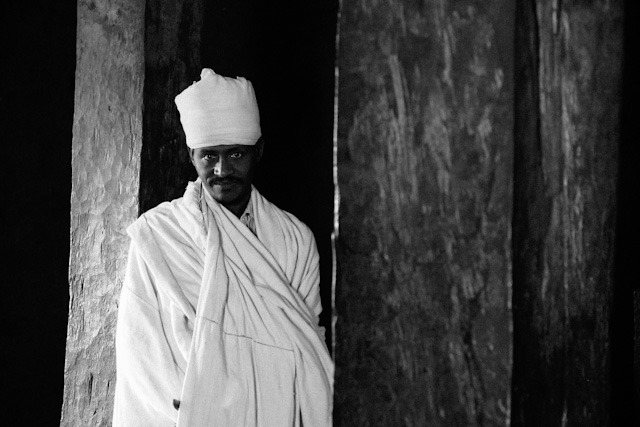
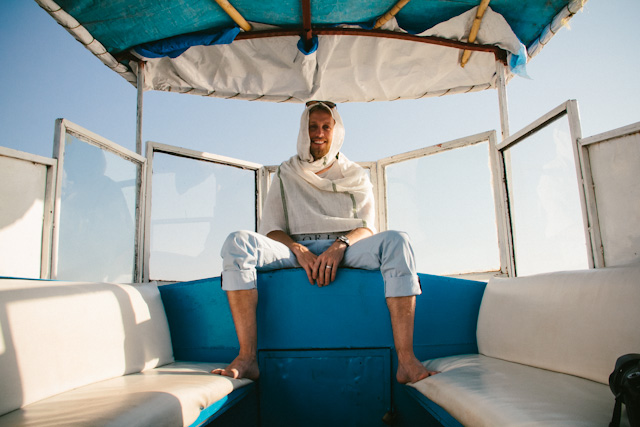
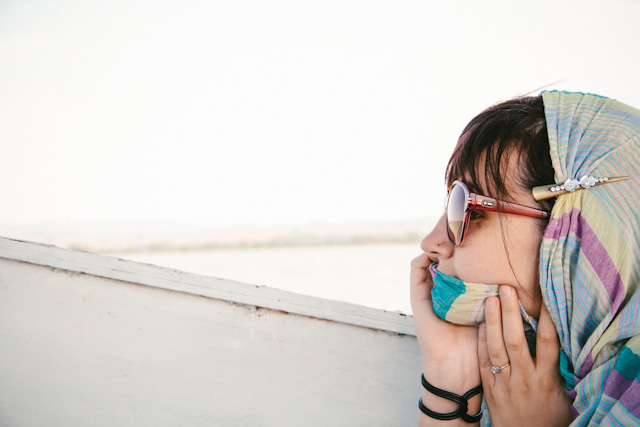
An 800-year-old Bible, written in the ancient language of Ge’ez and filled with illustrations and paintings.
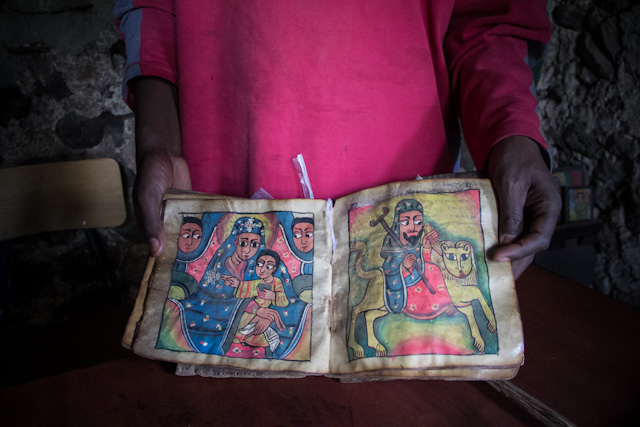
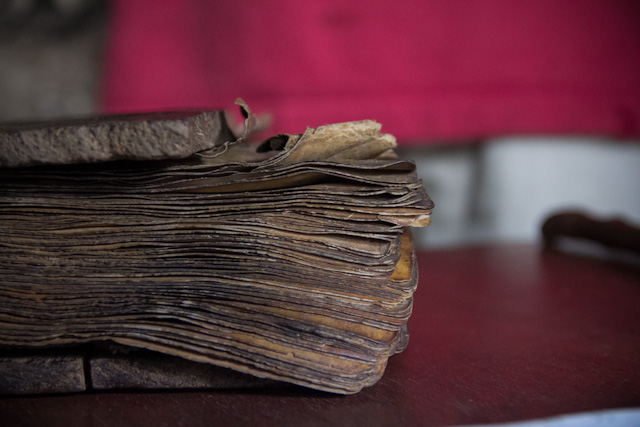
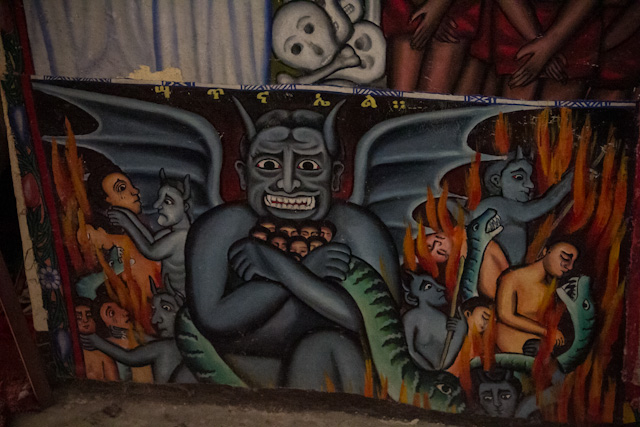
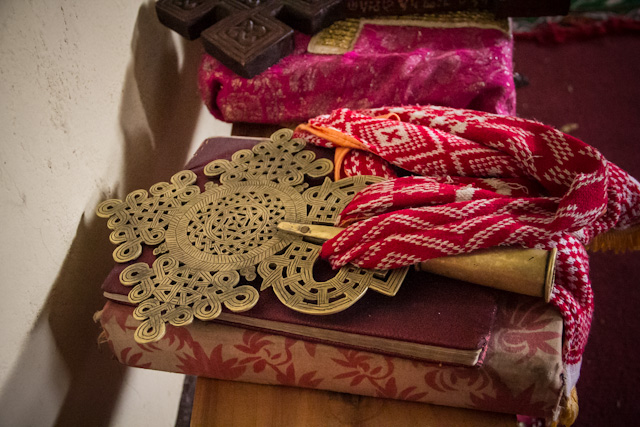
People crossing the lake on a papyrus boat.
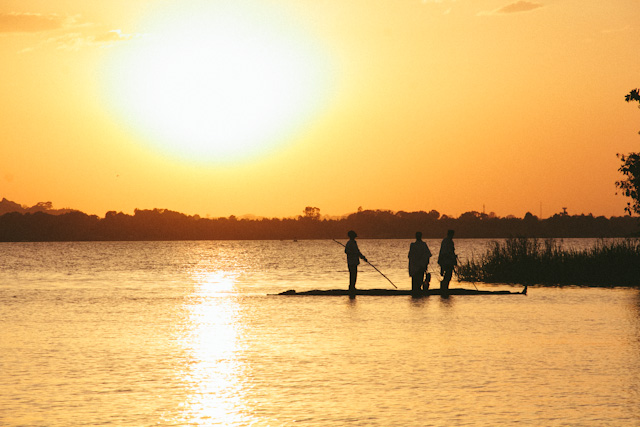
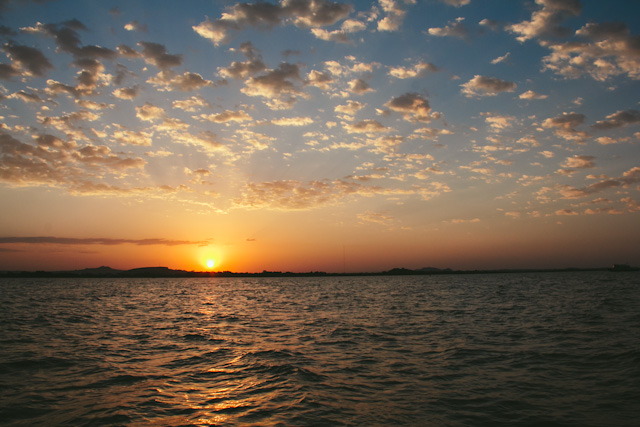
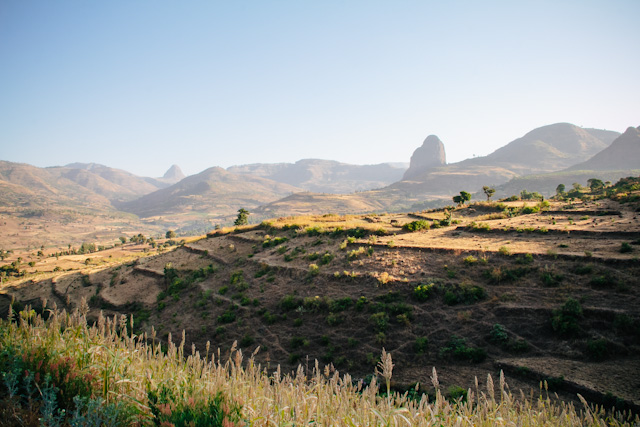
Guzara Castle was built in 1572 on a hill away from Lake Tana to escape the the malaria mozzies that plagued the area.
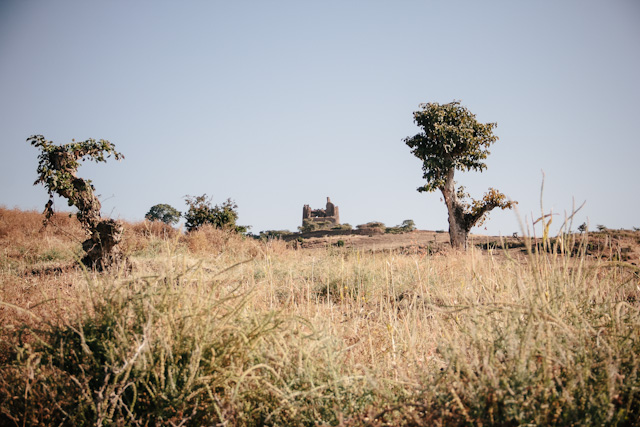
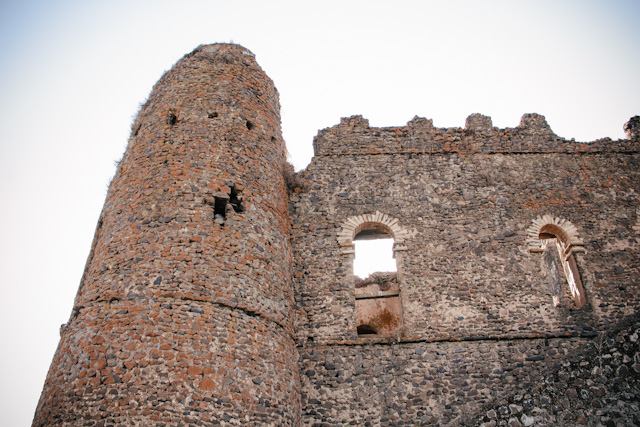
To these kids this ancient castle was their playground. They also became our inpromptu guides for the morning.
